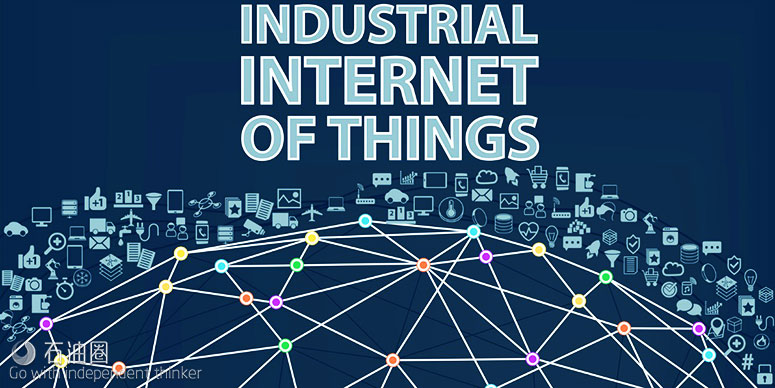The Industrial Internet of Things (IIoT) is an emerging investment opportunity that ties a variety of manufacturing process devices together through networking to share information. The overriding premise driving the value proposition and return on investment (ROI) is that with timely acquisition and data analysis faster decisions can preserve manufacturing process integrity. This translates to lower asset downtime, more timely asset maintenance and higher production—in short, higher profitability.
The enabling technology for the IIoT includes sensors and actuators at the edge of the industrial process, often wireless technologies to obtain data from the edge to the core, where those data are aggregated for analysis. Cloud platforms and host software orchestrate the movement of data and events, and analytics visualize the data and draw insights from those for better decisions.
Earlier generations of technology brought the promise of better management of production operations in this industry. Oil and gas companies have been using SCADA, with its combinations of sensors and actuators at upstream or midstream facilities combined with telecommunications for backhaul and a SCADA host platform for polling and data aggregation, for many years. Using SCADA to automate the field and form the first stage of a digital oil field is an idea that has been around for decades. There are trends suggesting the broader adoption of an IIoT is different from what has come previously.
Cheaper field measurement technology
Low-cost sensor and battery options for use in off-grid remote applications make it economic to measure and control at facilities with lower margins. Most digital oil field applications are deployed at large offshore facilities producing 100,000-plus boe/d. However, cheaper field instrumentation makes it possible to monitor lower revenue production sites, even down into the stripper well category.
Expanding wireless options
In the early days of SCADA and the digital oil field, bandwidth to remote facilities was limited, and where physical infrastructure was not available, satellite was often the only telecom option, and it was expensive. Today, terrestrial 3G coverage is generally available at most onshore installations throughout North America as a backhaul option, and emerging wireless low-power wide-area network (LPWAN) technology is becoming available as a hot spot choice to extend wireless coverage at remote locations or into 2018 as an overlay option from terrestrial wireless service providers. When used as a hot spot, users deploy their own LPWAN gateway, which is similar to a Wi-Fi gateway at home except it has a much larger coverage area.
Cloud-based platforms
Where early SCADA systems involved purchase of on-premises IT hardware and SCADA host software, companies can leverage cloud-based third-party platforms, which offload the upfront capital cost as well as many operational costs. Companies can outsource noncore competencies running the collection and processing of data and focus on interpretation to run their business better. Pricing models essentially allow oil and gas operators access to a variable cost structure that grows as production and data needs grow.
Smarter analytics
Analytics are evolving through four stages of sophistication, becoming integral to making faster decisions to preserve process integrity. Early-stage analytics tended to be descriptive, focused on the past and answered the question “What happened?” Diagnostic analytics go further, using machine learning techniques and answering the question “Why did something happen?” Predictive and prescriptive analytics look to the future and answer the questions “What will happen?” and “What should I do to change a potential outcome?”
The IIoT’s adoption is driving improvements in cost and availability of enabling technologies that production operations management in upstream and midstream can leverage to make better, quicker business decisions. When paired with process integration in the corporate office taking full advantage of insights generated through field-sourced data, IIoT represents the best chance for oil and gas companies to evolve beyond having an automated field to running a digital business.

 石油圈
石油圈
